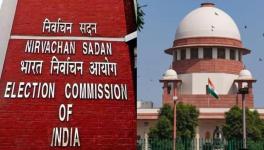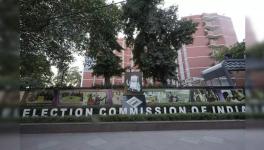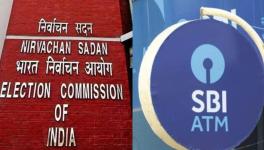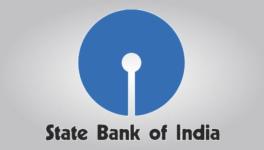Banks Committed Repeated Violations, Says RBI Inspection Reports
Confronted with a contempt petition filed in the Supreme Court by an RTI activist, the Reserve Bank of India (RBI) has recently disclosed annual inspection reports of four banks – State Bank of India, Axis Bank, HDFC Bank and ICICI Bank for the financial years 2012-13 to 2014-15.
According to reports, the banking regulator shared the inspection reports termed as risk assessment reports (RARs) with Girish Mittal, Right to Information (RTI) activist who has been demanding access to the files since 2016. In March this year, the apex court had warned the RBI with contempt proceedings for not disclosing such inspection reports under the RTI Act.
“While significant time of the Board and the Committee was devoted to transactional agenda, adequate attention to matters relating to risk, internal controls and compliance and other structural issues trailed behind,” Moneylife quoted from the SBI’s RAR for year 2013. Moneylife, after analysis of the RARs stated that the largest public sector bank “scores poorly on every single issue that the inspection reports have commented on—from management quality to sophisticated risk management tools.”
Also read: Bank Frauds Zoom to Rs 71,500 Crore in 2018-19
Furthermore, the inspection reports revealed that the SBI had flouted numerous rules in its attempts to cover up non-performing assets (NPAs) by window dressing, suppression of data, evergreening of loans, ignoring laid down KYC (know your customer) procedures, flouting Anti-Money Laundering rules, suppressing employee frauds and ignoring RBI reports on deficiencies, inability to manage processes and risks.
“Evergreening of loans is evident from the undue increase in loans to problem sector such as diamonds, power, etc., violation of single customer credit limits, violation of sector limits,” Moneylife wrote, analysing the inspections on SBI, while questioning the motives of the Board Members. “The inspection reports also points to repeated frauds in retail loans, SME (small and medium enterprises) loans, government schemes… there is no aspect of credit that is clean. There are also issues with SBI’s overseas operations, which require compliance with our laws as well as those of the countries they operate in.”
Independent analyst Hemindra Hazari pointed out several flaws on the part of the RBI after analysis of inspection reports of Axis Bank from 2013 to 2015.
Hazari questioned the risk rating system of the RBI, “Despite Axis Bank reporting low gross NPAs (non-performing assets), between 1.1%-1.3%, in the FY12-13 to FY14-15 period, the RBI’s RAR reveals that it was concerned with the credit risk at the Bank. What is peculiar in the RBI’s RAR for Axis Bank over the three years is that, while the aggregate Bank rating improved from 2.301 in FY12-13 to 2.175 in FY13-14 and 2.151 in FY14-15, the all-important credit risk rating only marginally improved from 2.36 in FY12-13 to 2.346 in FY13-14, and then deteriorated to 2.377 in FY14-15.”
As per RBI’s norms, it grades every bank with a rating from 1 to 4, with 4 being the worst and 1 the best. “In Axis Bank for FY12-13, FY13-14 and FY14-15, credit risk assets were 85.2%, 84.4% and 83.8%, respectively, of total risk-weighted assets. With the credit risk rating persistently remaining above 2.3, which RBI considers high-risk, and credit forming the overwhelming bulk of risk-weighted assets, it is puzzling that the aggregate risk rating of Axis Bank improved.”
Hazari pointed out another critical shortfall in RBI’s RAR of Axis Bank for these years for failing to comment on and rectify the strategic weakness in the Axis Bank board, which prompted it to remove the bank’s Ceo Shikha Sharma.
Get the latest reports & analysis with people's perspective on Protests, movements & deep analytical videos, discussions of the current affairs in your Telegram app. Subscribe to NewsClick's Telegram channel & get Real-Time updates on stories, as they get published on our website.























